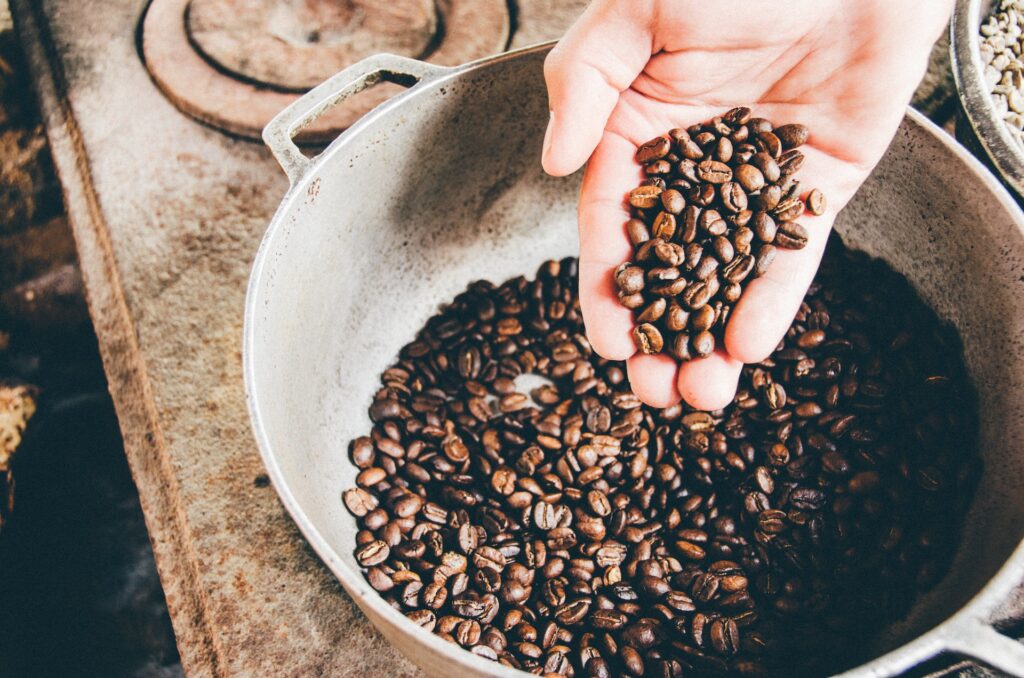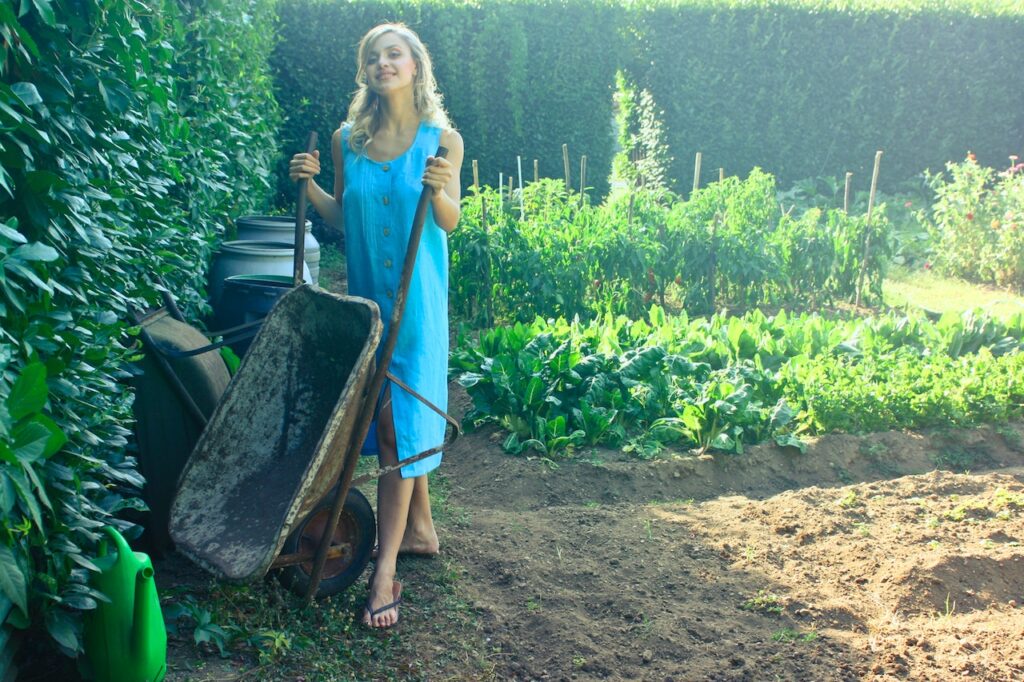Ah, coffee! That aromatic elixir that rouses us from our slumber and fuels our day has another fantastic role to play. Have you ever thought about the fate of used coffee grounds? Before you consider discarding them, let’s unravel a fascinating journey where these grounds find a second life, nurturing your garden in a myriad of ways.
Are you ready to brew some garden magic with your morning Joe?
Introduction: From Espresso to Compost
An Ode to Coffee Grounds
Imagine if your morning ritual could stretch its invigorating embrace to your garden, sprinkling it with the essence of nourishment and vitality. This isn’t just a poetic musing, but a tangible reality when you bring used coffee grounds into your garden’s ecosystem.
Wondering how your caffeinated waste can turn into a gardening wonder? Stay with us as we traverse this thrilling journey together.
The Nutritional Profile of Coffee Grounds
The Bounteous Brown Gold
Before we dive into the intricate world of composting with coffee grounds, let’s first understand the golden essence trapped in these brown granules:
- Rich in Nitrogen: Coffee grounds are a rich source of nitrogen, a vital element that fosters plant growth.
- Micronutrients Galore: These humble grounds harbor a wealth of micronutrients including potassium, magnesium, and copper.
- Organic Matter Abundance: Adding organic matter to the soil, they aid in improving its structure and water retention capabilities.
Don’t you find it wondrous that these simple, discarded materials can harbor a treasure trove of nutrients?
Incorporating Coffee Grounds in Composting
The Symphony of Composting
Bringing coffee grounds into the symphonic cycle of composting is an art and science combined. Here’s a guide to harmonizing your compost pile with coffee grounds:
- Balancing Act: Ensure a balanced compost pile by adding coffee grounds as a green component, balancing them with brown elements like leaves or straw.
- Layering Magic: Layer the coffee grounds amidst other organic matter to prevent the formation of a solid mass that can impede aeration.
- Activating the Pile: Use coffee grounds as compost activators, fostering microbial activity due to their nitrogen content.
- Quantity Control: Maintain a proportionate quantity, not exceeding 20% of the total compost pile to prevent soil acidification.
Are you ready to orchestrate a composting symphony, blending the rich tones of coffee grounds with the diverse notes of organic matter?
Direct Soil Application: A Ground-to-Ground Initiative
The Direct Path to Nourishment
Sometimes, simplicity is the key to success. Applying coffee grounds directly to the soil can be a straightforward yet effective approach:
- Top-Dressing: Utilize coffee grounds as a top-dressing, spreading them thinly around plants to provide a slow-release nitrogen source.
- Mulching: Incorporate coffee grounds into mulch, enhancing its nutrient profile and deterring certain pests.
- Vermicomposting: Enrich your worm bins with coffee grounds, a delicious treat for worms that boosts the nutritional value of vermicompost.
Do you feel the earthy connection, the direct transfer of vitality from the coffee grounds to your cherished plants?
Brewing Plant-Based Tonics: A Garden Spa
The Spa Treatment for Plants
Let’s delve into the fascinating world where coffee grounds brew nutrient-rich tonics for your plants, a spa treatment indeed!
- Coffee Ground Tea: Brew a nourishing tea by soaking coffee grounds in water, a tonic rich in soluble nutrients.
- Foliar Sprays: Create foliar sprays with coffee ground extracts, providing plants with a quick nutrient boost.
- Seedling Boost: Give your seedlings a robust start by incorporating coffee grounds into their initial planting holes, fostering vigorous growth.
Can you imagine your garden soaking in a luxurious spa, sipping on the nurturing concoctions brewed from coffee grounds?
The Precautionary Notes: Treading with Wisdom
Guarding the Green Wealth
While coffee grounds can be a boon, it’s crucial to tread with wisdom to protect your green wealth. Here are some precautionary measures:
- Soil Testing: Regular soil testing will prevent nutrient imbalances and maintain optimal soil health.
- Pest Management: Monitor for potential pest attractions and manage accordingly to maintain a harmonious garden ecosystem.
- Acidity Control: Mitigate potential soil acidification by pairing coffee grounds with alkaline organic matter.
Are you ready to become the vigilant guardian, guiding the judicious integration of coffee grounds into your garden’s life cycle?
Conclusion: Brewing a Garden Revolution with Coffee Grounds
The Grand Finale
As we reach the end of this aromatic journey, it’s evident that the humble coffee grounds can be a gardener’s ally, fostering a garden brimming with vitality and abundance.
Key Takeaway
Incorporating coffee grounds into your garden is not merely a recycling effort but a celebration of the circular economy of nature, where waste transforms into wealth, nourishing life anew.
Ready to embrace the delightful revolution, where your daily brew fuels not only your spirit but infuses life into your verdant oasis?
Happy Gardening with Coffee Grounds!



